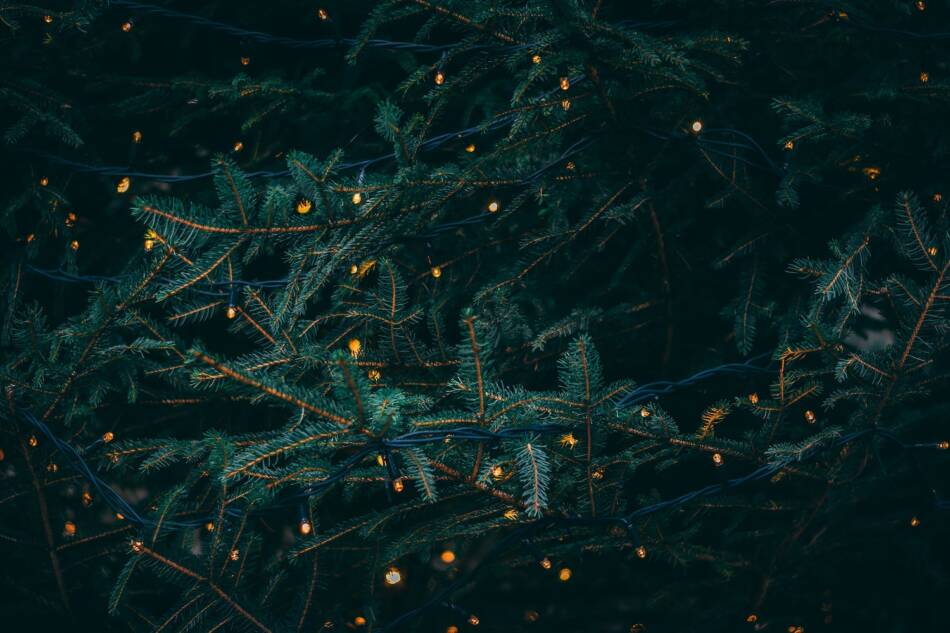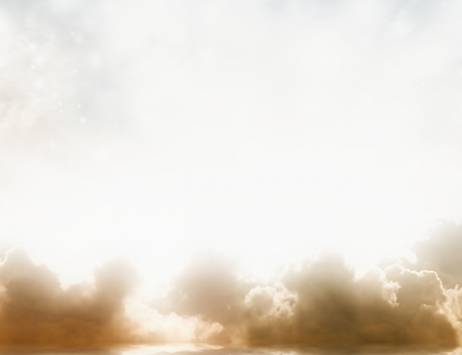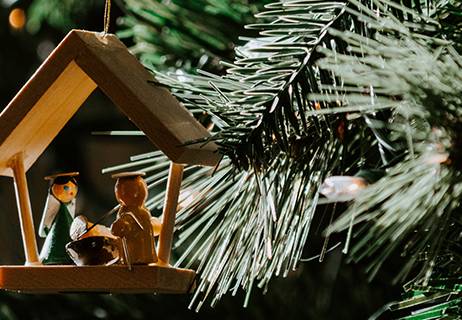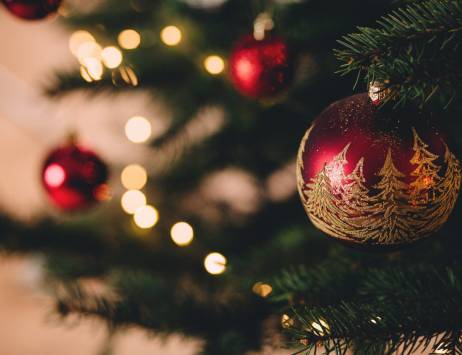Every year at the end of November, my husband, Ike, and I load the kids in the car and drive to the nearest Christmas tree lot. We are committed “real tree” people—not to be confused with “fake tree” people who keep their trees stored in a box—so the hunt for the perfect tree is one we anticipate every year. Yes, it’s a hassle. Yes, my kids misbehave at the tree lot. Yes, the sap on our fingers attracts dirt, hair, and fuzz for the rest of the night, but it’s all an inconvenience we are happy to endure! Nothing beats the smell of Frasier Fir filling every room in the house. And nothing transports me to my childhood Christmases quite like the glow of a fresh tree in our home.
At least, that is how it normally goes. Several years ago, we bought a discounted real tree at a big box store, and it did not go as planned. For starters, the tree had several bald patches and multiple brown spots. The branches were dry and the needles prickly, and we should have immediately read the signs. But I was optimistic. I thought I could Charlie-Brown this tree—hiding the gaps with ribbons and ornaments—and no one would be the wiser.
So, we took the tree home.
For the first few days, it worked. The tree was stunning. It was shiny, full, and it smelled like an evergreen forest. It was probably the most aromatic tree we’d ever had. All was well, except for one thing: the tree wasn’t taking any water.
If you have ever purchased a real tree, you know they guzzle water, especially at first, and especially after the lights have been on for a while. But not this one. Every time I checked the stand, the water level had barely dropped, and that’s when I suspected something wasn’t quite right.
Soon, the branches were drying out, and the needles were so thorny I flinched when I brush against them. And the smell that I loved so much? Over time it had transformed from the aroma of fresh evergreen to musty, rotten mildew, and that was when it became clear: our tree was dead.
That was a disappointing year in the Miller home. We decided to keep the tree for those remaining days before Christmas, but whenever I passed by it, I was reminded of something I had missed amid all the Christmases before, which is that no matter how much you dress up a “real tree,” no matter how much you cover it in family heirlooms, silver bells, tinsel, and lights, a Christmas tree is still a dying tree.
And this, I realized, was a tree-shaped sermon about my faith.
Faith Like a Christmas Tree
The truth is, Christianity can be such an attractive–looking faith. God calls us to wonderful things, to noble deeds, and to being a people of love. We are meant to be kind, joyful, brave, and good. These are beautiful qualities that most people would love to be known for, Christian or not.
The trouble is, we can approach the Christian life in the same way we decorate a Christmas tree, by piling on pleasing spiritual adornments. We can dress up our lives with church commitments, community service, spiritual language, a clean-cut family, and an upbeat attitude, all of which looks so great—so Christian—while obscuring what is really going on underneath. Beneath the appearance of spiritual life, we can exist cut off from our root system, without detection. We can look as if we are thriving, even though we are no longer connected to the vine.
Many of us are masters at this. We look great on the outside while withering on the inside. It’s easy to pull off this illusion because we can maintain the appearance of flourishing long after we have uprooted our souls. My neighbor once tossed her Christmas tree into the woods in her backyard, and it was weeks before the tree showed any sign of death. Weeks! And the human soul is like that. Our spiritual decay can take months, even years, to make itself known. We can conceal our dead spots for long periods of time, appearing healthy, green, even vibrant, at the very same time that we are dying.
Don’t Just Dress Up the Decay
But we can’t hide the sickness forever. As radiant as my tree appeared, the decorations couldn’t mask the smell, and the human soul is like that too. We can only maintain the illusion for so long, before reality begins to poke through.
This is one reason why Scripture uses so much agrarian language to talk about faith:
- “I am the vine; you are the branches. The one who remains in me—and I in him—bears much fruit.” (John 15:5)
- “A good tree is not able to bear bad fruit, nor a bad tree to bear good fruit. Every tree that does not bear good fruit is cut down and thrown into the fire. So then, you will recognize them by their fruit.” (Matt. 7:18-20)
- “But the fruit of the Spirit is love, joy, peace, patience, kindness, goodness, faithfulness, gentleness, and self-control.” (Gal. 5:22-23)
The reason God uses this language so often is that He is interested in actual spiritual growth, not merely the appearance of it. And so, this Christmas season, whether you have a “real tree” standing in your home, or a fake one, I invite you to view it as a spiritual reminder of sorts. When you pass by it, ask yourself what is going on in your soul? Beneath all the activities of this season, are you withering under the heavy branches of sparkly spiritual ornaments?
Or, are you truly flourishing in Christ?







1 reply on “Meaning of the Christmas Tree”
Very informative